There’s nothing as fun as ripping through the mountain side on a quad, but that can go downhill in a hurry when something goes wrong with your ATV. While ATVs tend to be very resilient machines, things do go wrong, and one of the most common causes for concern is when your quad starts smoking. It can be gut wrenching if you don’t know what is wrong. Having had that feeling, I researched all I could to figure out what causes smoke so I would always have a good grasp on the cause.
Why do ATVs smoke? Smoke can be an indication of bad cylinders, seals, gaskets or something similar, usually accompanied by gasoline or oil burning in the engine. The cause isn’t too hard to figure out based on the timing and color of the smoke.
When faced with a smoking four wheeler, don’t continue riding. Routine maintenance helps prevent many smoke-related issues, but a hard crash, bad cylinders or other causes may lead to serious problems in your ATV. Fortunately, the color and timing of the smoke coming out of your quad will help narrow down the problem so that you can find a solution and get back to the trail.
Because smoke is a good indication something needs repaired, be sure to check out our guide to the cost of most ATV repairs so you know how much it should cost and whether you should do it yourself.
What the Timing of the Smoke Tells YouIf the smoke only occurs when you start your quad, but doesn’t happen during the ride, there is nothing to worry about as it is just condensation burning off.
If the smoke is excessive early in your ride, but then goes away later on, you are most likely dealing with bad piston rings or valve guides/seals. When the ATV is is warmed up, the oil burns off better, and the smoke goes away. In this situation, it is best to do a compression test and a leak down test. Similarly, if the smoking happens primarily when you are revving your engine, that is likely a sign of bad rings.
If the smoke is predominantly happening when you are letting off the gas, this could be a sign that rings are not hitting the adjacent walls perfectly. This isn’t a huge issue. Now if the smoke stops when you let off the gas and starts back up when you hit the gas again, I would look at the valve seals first.
What do the Colors Mean?The color of smoke coming out of your ATV tells you a lot about what is causing the smoke. It won’t tell you everything, but it will tell you where you need to look and how concerned you should be. ATV smoke usually comes in one of four colors: white, gray, blue or black.
White SmokeWhite smoke is usually the best kind of smoke you can hope for. A little white smoke when you start your ATV can be perfectly normal. That is water vapor burning off. It is not a bad sign of anything in your engine, so long as it burns off in the first 30 seconds or so.
If the white smoke doesn’t go away after the first minute, or if your ATV starts puffing out white smoke in the middle of your ride, well that is no longer nothing to worry about. At that point, there is a decent chance coolant is burning in the combustion chamber.
At that point, there is a decent chance coolant is burning in the combustion chamber.
Coolant can leak into the combustion chamber to burn from a handful of problems, including a damaged radiator, damaged radiator hose, blown head gasket or a broken water pump. The easiest way to determine if there is a problem in your radiator system is to check your coolant level. If there is a leak, the coolant will be low and you smell a sweet odor coming from it. You should then put your ATV in neutral and rev the engine.
If you get a lot of white smoke, that is a bad sign something is wrong with the radiator system that needs to get checked out. You need to address it immediately too, as it continuing to run the quad in this condition will cause overheating that leads to more and more issues.
I’ve been lucky to never have this in an ATV, but in college, I let a friend borrow my car. When he returned it, he mentioned that the engine had smoked a little while climbing a hill. Rather than check it out, he kept driving for several hours. By the time I got it back, the head gasket was blown and the radiator ruined. Several hundred dollars later, I gave up and junked the car.
Rather than check it out, he kept driving for several hours. By the time I got it back, the head gasket was blown and the radiator ruined. Several hundred dollars later, I gave up and junked the car.
Black smoke is almost always an indication that there is something bad happening. Black smoke is a sign that your ATV is burning gasoline. Gasoline burns in your ATV when the ratio of fuel to air is higher than usual. This is called a rich fuel environment, and it is not good for the ATV.
Fixing a rich fuel environment could involve a number of things. Hopefully, for your sake, it is nothing major and calls for a simple fix. Some of the easier-to-fix causes of black smoke include the following:
 If that didn’t work, then you’ll have to replace the fuel injector
If that didn’t work, then you’ll have to replace the fuel injector If you have a paper filter, just knock off all the gunk you can until it looks mostly clean. If you can’t get it cleanish or if there are tears in it, then it’s time to get a new filter. If you have a foam filter, soak it in some cleaning solution and gently remove all the gunk. After that, let it dry, oil it up, then let it rest for a couple hours before hitting the trails.
If you have a paper filter, just knock off all the gunk you can until it looks mostly clean. If you can’t get it cleanish or if there are tears in it, then it’s time to get a new filter. If you have a foam filter, soak it in some cleaning solution and gently remove all the gunk. After that, let it dry, oil it up, then let it rest for a couple hours before hitting the trails.
If it isn’t being caused by one of the above issues, you are likely looking at something more complicated. The causes of black smoke you are hoping to avoid include the following:
Whereas black smoke means you are burning gasoline, blue smoke means you have burning oil. This may not be a big deal if you have a 2-stroke quad since such engines normally emit a blue/gray smoke. If you have a 4-stroke quad with blue smoke, or your 2-stroke is putting off an excessive amount of blue smoke, then you have a problem. The more rapidly your ATV is burning through oil, the more confident you can be this is your problem Most likely, it is one of the following
This may not be a big deal if you have a 2-stroke quad since such engines normally emit a blue/gray smoke. If you have a 4-stroke quad with blue smoke, or your 2-stroke is putting off an excessive amount of blue smoke, then you have a problem. The more rapidly your ATV is burning through oil, the more confident you can be this is your problem Most likely, it is one of the following

If you think you have a ring problem and don’t want to go through with all the repairs, you may get lucky if the rings are just stuck rather than bad. If you can free the stuck ring, you may just find your smoke problem fixed. Try some Marvel Mystery Oil and see if works.
If you can free the stuck ring, you may just find your smoke problem fixed. Try some Marvel Mystery Oil and see if works.
Excessive clearance between the valve stem and the valve guide. While this is more often associated with black smoke, it can lead to conditions where you have blue smoke. Luckily, it is an easy fix. Use a feeler gauge to check for the clearance level, and get it fixed if it is off.
There are few hobbies quite as fun as racing through a trail on an ATV, but that can go awry in no time as your ATV starts to smoke. What does this mean for your quad? Is it irreparable or an easy fix?
ATVs naturally emit some amount of white smoke as condensation and black smoke as exhaust, but excessive smoke or smoke of other colors can mean you have a problem on your hands. Blue smoke can be normal in some engines in small amounts, but too much is cause for concern.
It can be tricky to tell the difference between specific problems.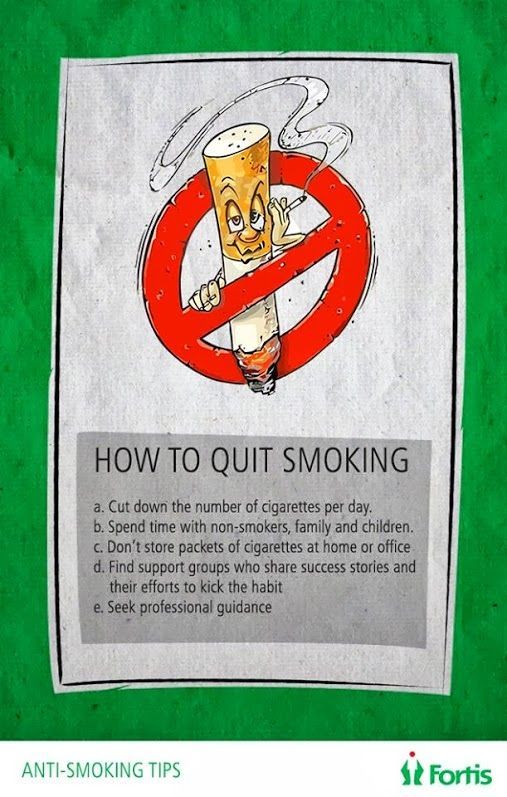 In this article, we will look at some of the symptoms and causes of ATVs smoking, as well as some rudimentary tests you can do to check the health of your engine.
In this article, we will look at some of the symptoms and causes of ATVs smoking, as well as some rudimentary tests you can do to check the health of your engine.
Generally, white smoke is the most innocuous color of smoke you can hope to see coming from your ATV’s engine. In some special circumstances, though, it could turn out to be a severe issue requiring a lot of work to fix.
Most ATVs emit white smoke when you first start the engine, and it usually stops within a few minutes. This is because of water evaporating and is of no concern when first starting your engine.
The timing of white smoke is everything, though, because if your ATV starts putting out clouds of white smoke when the engine is up to operating temperature, it means that you likely have coolant or water in your combustion chamber.
How do you diagnose the exact issue in that case? Start by checking your coolant levels in your radiator to determine if you have a leak.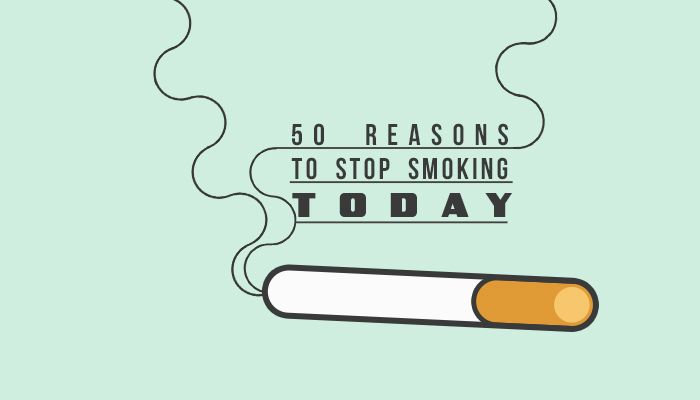 If you do indeed have a leak, you’ll notice low coolant levels and a sickly sweet smell from your radiator.
If you do indeed have a leak, you’ll notice low coolant levels and a sickly sweet smell from your radiator.
This could be the result of various issues, including a damaged radiator, hose, busted head gasket, or water pump. No matter the exact problem, you definitely don’t want to be riding until it’s fixed.
If you get lots of white smoke while riding your quad, immediately stop riding and try to figure out your problem so you can fix it.
If you continue to ride your ATV while it has a coolant problem, you run the risk of overheating, and you most definitely don’t want that. The quicker you fix your problem, the faster you can get back to the trails.
This video helps explain the different colors of smoke and what they might mean:
There could be several reasons your quad is blowing white smoke, so be prepared to do some basic checks.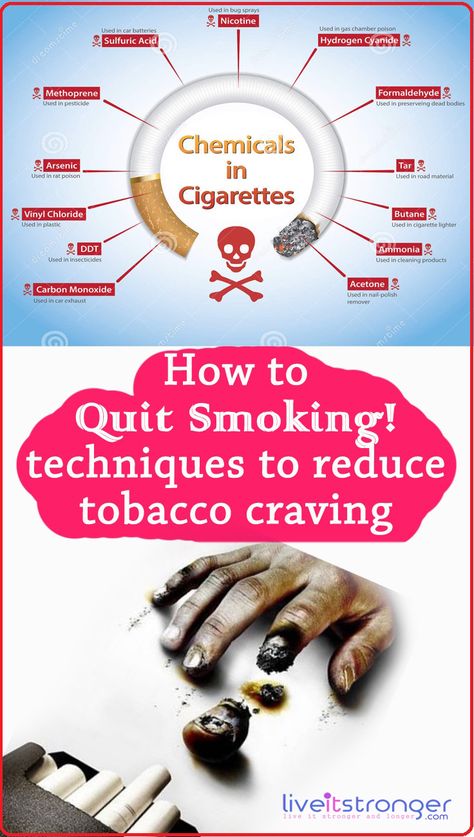
It is extremely important to make sure your cylinder head and engine block are not cracked – even the tiniest cracks will spread and effectively destroy your engine, and you definitely don’t want that to happen while you’re riding.
It’s best to replace the cylinder head if there are any signs of cracking.
Another dire situation to look for white smoke is any time after your ATV has been submerged. Any time that your ATV is underwater, it can get water into your cylinders that will combust if you try to start or run your bike without totally cleaning your ATV out.
We’ll discuss the specific procedure for a submerged ATV later, but keep in mind to never try to start a submerged quad!
The importance of gaskets in your engine cannot be overstated, as they are what keeps operating fluids in sealed components of the engine.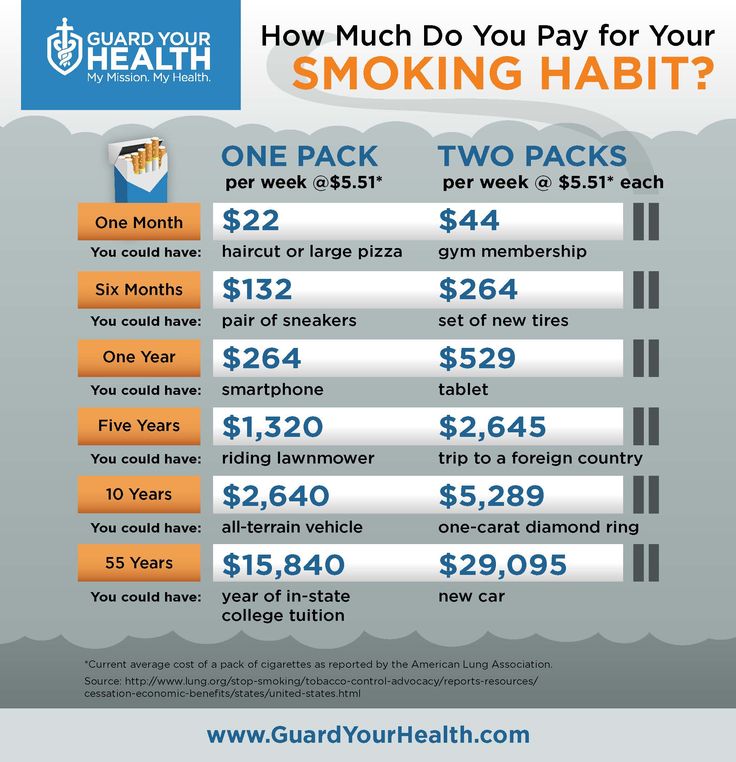 If you need to replace a gasket like your intake or head gaskets, the old one will probably be baked or melted onto wherever you’re leaking from.
If you need to replace a gasket like your intake or head gaskets, the old one will probably be baked or melted onto wherever you’re leaking from.
Gaskets can be made of rubber, steel, or a combination of the two. Regardless of the type, gaskets will end up melted after some time. Naturally, this causes a lot of problems when putting a new one on.
Several methods of removing baked-on gaskets are:
Here’s a video of a Honda blowing white smoke and what the guy did to fix it:
If your ATV is emitting black smoke from your exhaust, it’s probably not a huge problem to worry about. There can be numerous reasons for black smoke, though, and some are more serious and costly to fix than others.
There can be numerous reasons for black smoke, though, and some are more serious and costly to fix than others.
Some reasons for black smoke include, but are not limited to:
As you can see, the cause of black smoke can range from benign to fairly serious. In general, black smoke means that you have a rich fuel-air mixture in your engine, which means you either have too much air or too much fuel in the mix.
If the problem primarily occurs when you start the ATV but lightens up when you get going, it may be a minor tweak not worth worrying about.
It may be worth your while to check your carburetor to ensure that it is set to the optimal setting for your fuel-air mixture. If you have a digital carburetor, that needs to be checked as well.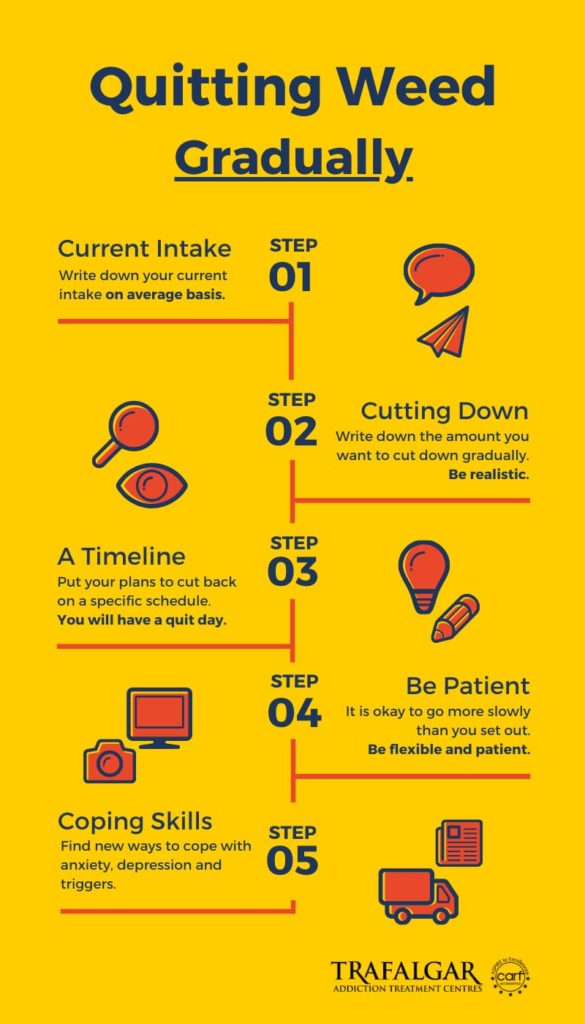
If it isn’t working correctly, you may be facing a replacement. If you aren’t a mechanic, there’s no shame in taking your ATV to one, so you can be sure that your quad is getting the best possible care.
If this is the case, you want to first start by checking your air filter. If it’s dirty, you may have found your culprit. A dirty air filter clogged by dirt and other particulates doesn’t allow the correct amount of air as determined by your carburetor.
It’s very common for ATV owners not to check the cleanliness of their air filters regularly, and it can be clogged up very easily. Ideally, you want to check your filter before each ride. This also causes loss or reduction of power.
Also, keep in mind that the frequency you should be changing your air filter is heavily dependent on the type of environment you ride in. Dirt, insects, plant, and tree debris all can easily get stuck in your filter and cause your ATV to slow and spew black smoke.
If you’re riding in a lot of creeks, rivers, or mud, you’ll want to check this more than if you’re just going down a typical trail or around the yard.
Cleaning your filter should be a pretty simple affair and only differs a little bit depending on the type of filter you have. A paper filter can be easily beat against your hand to release debris and particulates.
A foam filter requires a little more work, but a little soap and water should do the trick and get it clean again.
We made a dedicated How To Clean an ATV Air Filter article you can check out for more.
First, start by getting the large debris off, then massage the finer stuff out. Let the filter air dry, and make sure to lubricate both the filter and airbox of your quad before replacing it.
When cleaning your filter, always be sure to be observant for any signs of wear and tear – if it looks worn or severely dirty, it may just be easier to invest in a new one. You can’t be too careful with the health of your ATV.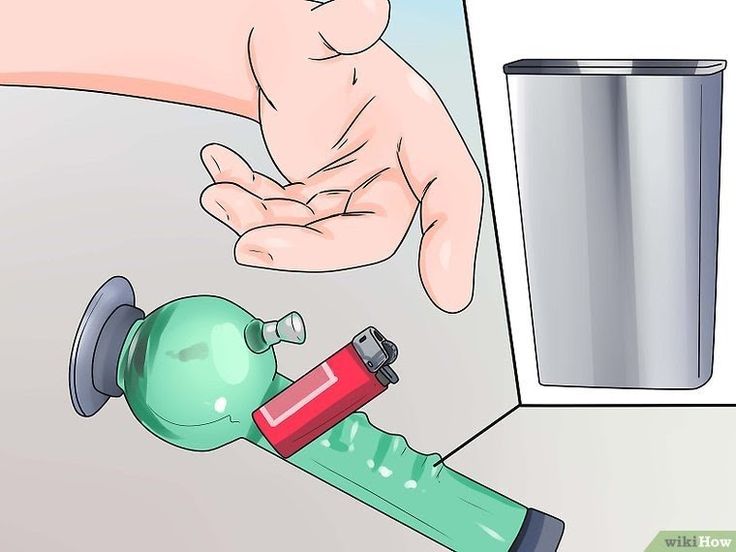
Other causes of black smoke are generally easy to diagnose and don’t require a lot of special equipment.
Some things to check are:
Occasionally when your engine block is overheating, it can cause black smoke. Always be sure to look out for blue smoke, which is a more normal sign of overheating.
If a problem (generally with the radiator) causing the engine block to overheat isn’t taken care of soon, it can effectively wreck your whole engine.
While you should always do a thorough check to make sure black smoke isn’t a cause for serious concern, most of the time, it just means you’re running too rich.
If you ever have cause for concern beyond that, take your ATV to a trusted professional immediately.
While black smoke is just an unbalanced air-fuel mixture, blue smoke is generally because of oil burning and escaping out of your exhaust.
This is a troublesome issue that causes you to burn through a lot of oil – the faster you keep running out, the worse a problem you have with your oil.
As a side note, 2-stroke quads often emit blue or grey smoke. 4-stroke engines are where blue smoke is problematic.
Your engine has valves that open into the cylinders, where fuel is combusted to power your ATV. There are seals to ensure that oil can’t get in there, but sometimes those seals become worn, cracked, or just plain broken.
When that happens, oil leaks into the cylinders where it’s burned along with your air-fuel mixture, and blue smoke comes out of your exhaust.
This can be difficult to fix at home, so unless you’re confident in your abilities, it may be best to go to a mechanic.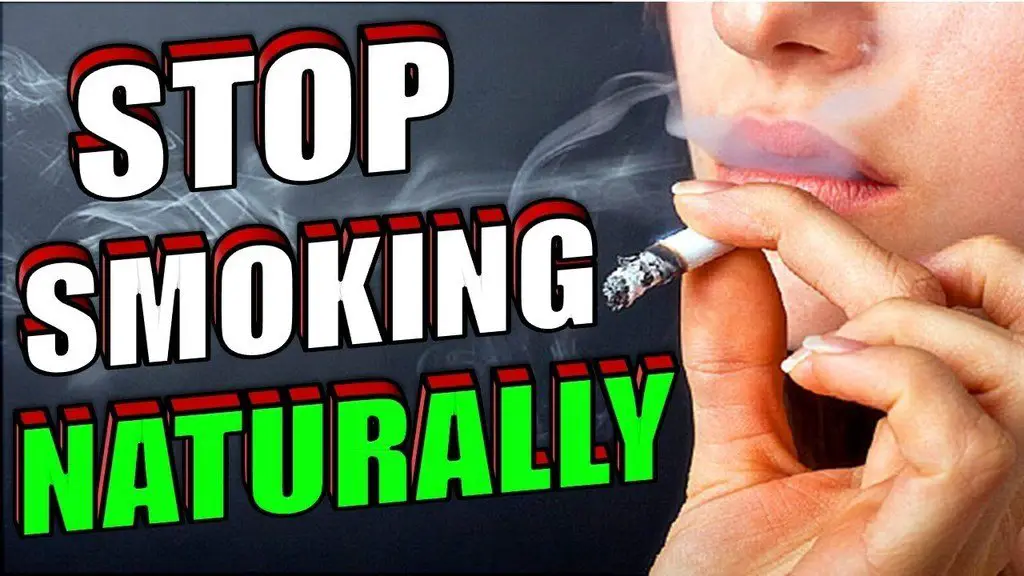
Another cause of burning oil can be the oil itself. Poor quality oil has a greater tendency to leak, even when your seals are in good shape. In addition, you should always add a fuel treatment to your gas – the treatment will run through your entire engine and help keep it clean!
There’s another source of burning oil as well, and that’s problems with your piston rings and/or spark plugs. If your spark plugs turn out to be bad, always make sure to check your piston rings too before putting in a new plug – it’ll just get ruined if the rings are bad too.
This is a fairly complex and pricey procedure to fix, but be certain to use good, clean oil if you do because old oil will cause additional friction that will wear your piston rings out much faster.
Many people see ATVs as oversized toys, but don’t be fooled – they require at least as much upkeep as a car, perhaps more so because of the conditions they are often rode in. If you keep up with the care that your quad needs, you can keep riding the trails for a very long time.
In this section, we’ll discuss some important routine maintenance that will help maximize your ATV lifetime.
When oil levels get low, there are all kinds of particulates that get into your oil. These particles can build up over time, especially if you don’t regularly check and change your oil. If continually neglected, these particles get into your engine and begin causing all kinds of damage.
We talked about the importance of your air filter on your engine, but your oil filter is equally important to keep up with. Without a clean, functional oil filter, your oil will degrade much faster and even become detrimental to the engine.
Ideally, you want to be checking your filters before every ride to make sure they’re in tip-top shape.
Your radiator is what keeps your engine from overheating, so you want to pay special attention to it. If you neglect to check your coolant levels before every ride, you may find you have a bad leak that causes you to overheat in the middle of a ride!
To prevent this, you want to use high-quality coolant and check the level often. If you do this, you’ll never have to worry about overheating again. This will also keep the chances of white smoke from the coolant in the engine to a minimum!
If you do this, you’ll never have to worry about overheating again. This will also keep the chances of white smoke from the coolant in the engine to a minimum!
It can be exciting to start your ATV and immediately want to ride hard but resist the urge. When starting a new ATV or your current one, it’s best to start slowly.
Start the throttle slowly and ramp up the engine over time after starting it. This will reduce the stress on your engine as it acclimates to running conditions, keeping it in top form for the ride ahead.
Everyone wants to keep their valuable items clean, and your ATV is no exception. If anything, it’s functionally important to clean your ATV regularly.
You want to clean the top, sides, and especially the undercarriage of your ATV, being sure to focus on any debris that appears to be caked on. This kind of debris can cause wear and tear over time, especially if it’s wet. Nobody wants a rusty engine, so keep it clean!
Nuts, bolts, and hubs can all become loose over time, and it’s extremely important to note if any are feeling loose. Immediately tighten any loose nuts, bolts, or hubs you come across, or else you shouldn’t ride until you are able.
Immediately tighten any loose nuts, bolts, or hubs you come across, or else you shouldn’t ride until you are able.
It can be very dangerous to ride with any loose components on your ATV and can cause further damage that might not be so minor as a loose bolt. We don’t want any wheels falling off, do we?
I know, I know – your ATV is your dedicated outdoor recreational vehicle, so it should be able to handle some water. While your quad can indeed handle going through creeks and the like, you don’t ever want to fully submerge your ATV. If you do, you’ll find yourself in a very sticky situation!
Follow these steps to save your waterlogged quad:
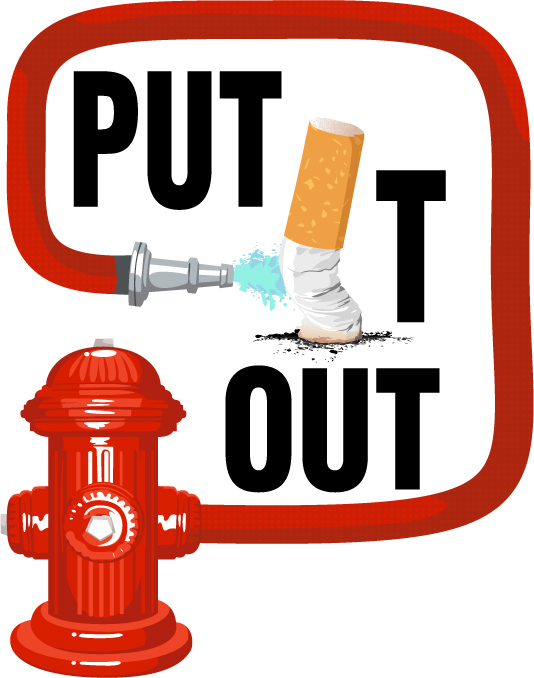
While ATVs are some of the most fun outdoor equipment you can own, they come with a responsibility similar to a car or truck. If you treat your ATV with love and care, it will continue to run for a long time.
On the other hand, if you run your ATV ragged, it can present any number of problems – from black, blue, or white smoke to much worse problems.
Sharing is caring!
1. Believe in yourself. Believe that you can quit. Think back to the hardest things you've done and realize that you have the willpower and determination to quit smoking. Everything depends on you.
2. After you read this list, sit down and write your own, revised in accordance with your character traits and characteristics. Create your own plan to quit smoking.
3. Write down on paper the reasons why you want to quit smoking (benefits of a life without smoking): live longer, feel better for your family, save money, smell better, find a mate easier, etc. You know what's wrong with smoking and what you gain by quitting. Write everything down on paper and read daily
4. Ask your family and friends to support you in your decision to quit smoking. Ask for their full support and tolerance. Let them know in advance that you may be irritable even irritable during the breakup of this bad habit.
5. Set a date to stop smoking. Decide on what day you will part with cigarettes forever. Write down this date. Plan it. Prepare your brain for "the first day of your new life." You can even have a small ceremony for your last cigarette or quit day morning.
6. Talk to your doctor about quitting smoking. The support and direction you receive from your doctor is a proven way to improve your chances of success.
7. Start exercising. Sports are simply incompatible with smoking. Exercise relieves stress and helps your body recover from the damage caused by cigarettes. If necessary, start slowly, with a short walk once or twice a day. Bring it up to 30-40 minutes of exercise 3 or 4 times a week. Check with your doctor before starting any exercise.
Sports are simply incompatible with smoking. Exercise relieves stress and helps your body recover from the damage caused by cigarettes. If necessary, start slowly, with a short walk once or twice a day. Bring it up to 30-40 minutes of exercise 3 or 4 times a week. Check with your doctor before starting any exercise.
8. Do deep breathing exercises every day for 3-5 minutes. Inhale very slowly through your nose, hold your breath for a few seconds, exhale very slowly through your mouth. Try breathing exercises with your eyes closed and go to step 9
9. Visualize clearly how you will stop being a smoker. During the breathing exercises of item 8, you can close your eyes and imagine yourself as a non-smoker. You should see yourself enjoying the exercises in #7. Imagine yourself refusing an offered cigarette. See how you throw all your cigarettes away and get a gold medal for it. Develop your own creative ideas. "Visualization" will work.
10. Reduce the number of cigarettes gradually (if you reduce the number of cigarettes, be sure to set a date for the FINAL quit smoking).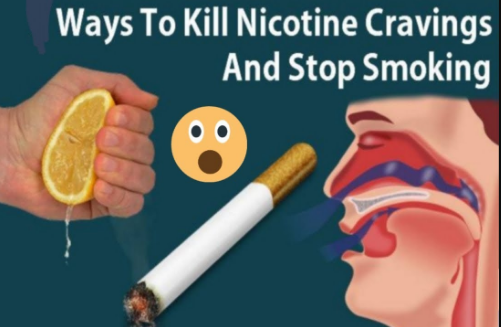 Ways to gradually quit smoking include: planning the number of cigarettes you smoke each day until you stop smoking, reducing the number of cigarettes you smoke each day, buying no more than one pack of cigarettes, changing brands so that you don't enjoy smoking as much. Give your cigarettes to someone else so you have to ask for them every time you want to smoke.
Ways to gradually quit smoking include: planning the number of cigarettes you smoke each day until you stop smoking, reducing the number of cigarettes you smoke each day, buying no more than one pack of cigarettes, changing brands so that you don't enjoy smoking as much. Give your cigarettes to someone else so you have to ask for them every time you want to smoke.
11. Try to "quit" - quit smoking once and for all. Many smokers have experienced for themselves that the only way to quit cigarettes is to quit abruptly and completely, without trying to reduce the number of cigarettes you smoke. However, find the method that works best for you: quit gradually or all at once. If one method doesn't work, try another.
12. Find a partner - another smoker who also wants to quit. Encourage and help each other, turn to a friend when you feel like you can't stand it. Come to our Forum or chat, there will surely be help.
13. Brush your teeth thoroughly. Pay attention to how quickly their condition improves and how white they are.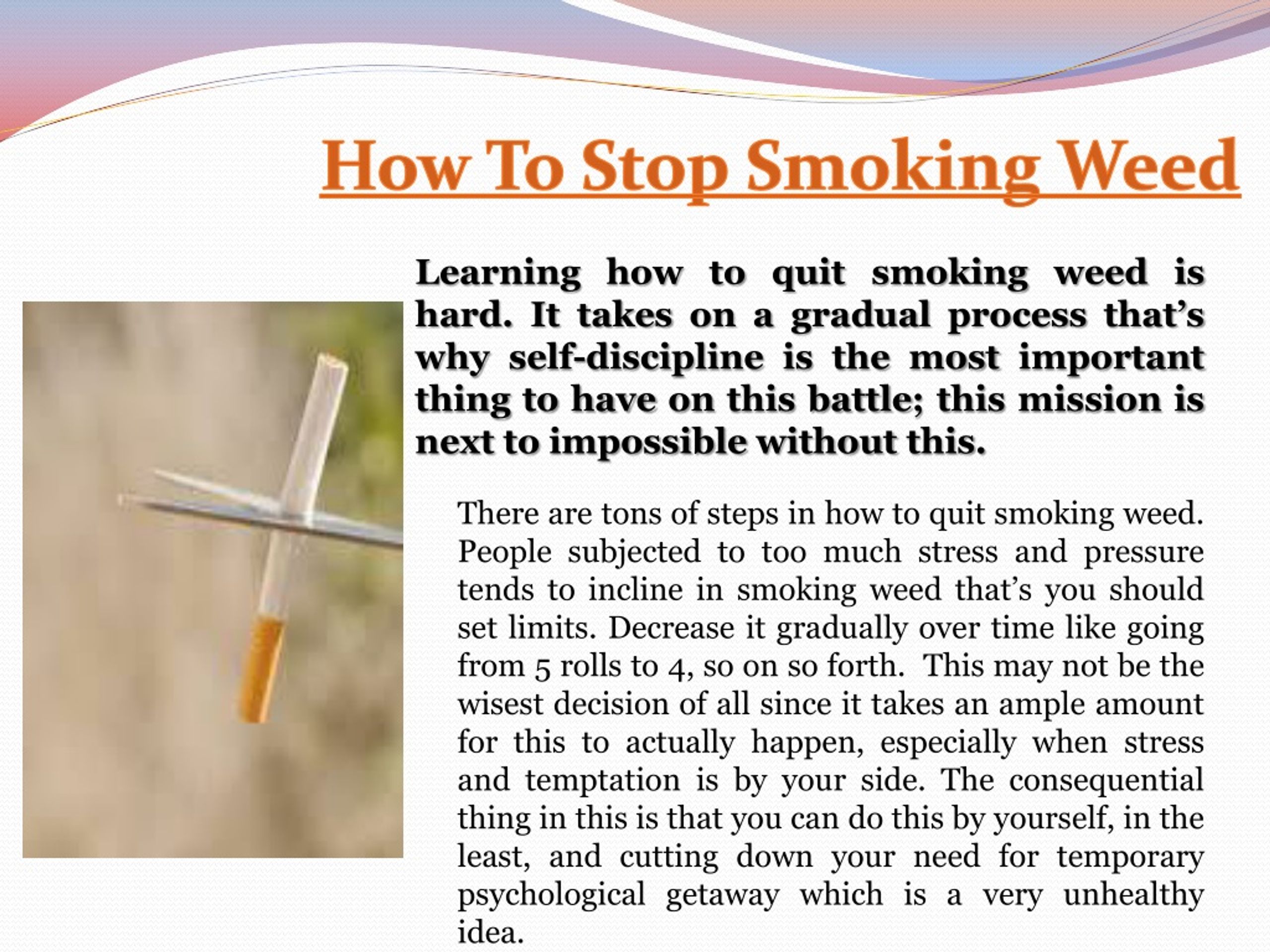 Imagine and enjoy the thought of what they will look like in a month, three or a year.
Imagine and enjoy the thought of what they will look like in a month, three or a year.
14. After you've quit smoking, plan to mark milestones on your journey from smoker to nonsmoker. Go to the cinema in 2 weeks. In a month - go to a good restaurant or cafe (be sure to sit in the non-smoking section!). After 3 months - spend the weekend in your favorite place. After 6 months - buy yourself something serious. Throw yourself a party after 1 year. Invite your family and friends to the "birthday" of a person who has acquired the chance to live a long and healthy life.
15. Drink plenty of water. Water is good anyway and most people don't drink enough of it. Water will help "flush" nicotine and other chemicals out of the body, and it will also help relieve cigarette cravings by responding to "mouth requests."
16. Be aware of when you feel like smoking, for example: during stress, after eating, when you arrive at work, etc. Try to avoid these situations, and if this is not possible, find other models of behavior in these moments.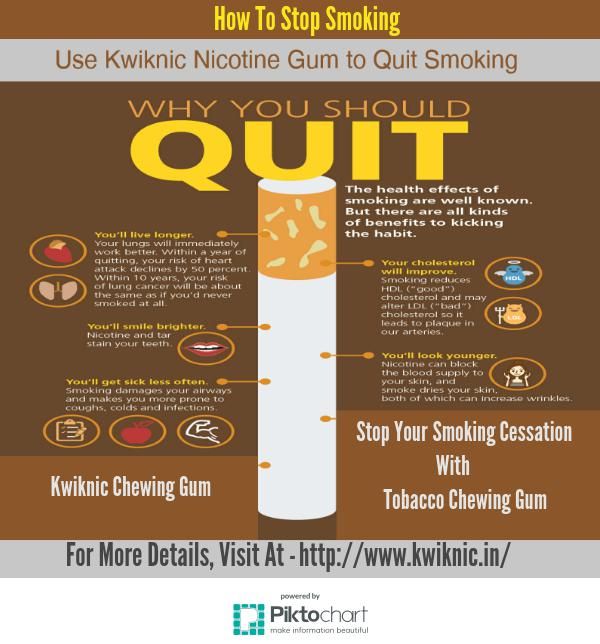
17. Find something to hold in your hand and mouth to replace cigarettes. Try using straws to drink, you can also try cigarette substitutes called "E-Z Quit". More information can be found here.
18. Write an uplifting song or poem about quitting smoking, about cigarettes, and what it means to you to quit smoking. Read it every day.
19. Carry a photo of your family or someone you care about. Write on a piece of paper: "I throw for myself and for you (you)" and attach it to the photo. When you feel like smoking, look at the photo and read the caption. Every time you have the urge to smoke, instead of smoking, write down your feelings or whatever is on your mind. Carry this sheet with you at all times. We wish you the best of luck in your quest to quit smoking. It's worth it! Remember!
• After 20 minutes - after the last cigarette, blood pressure will drop to normal, the work of the heart will be restored, blood supply to the palms and feet will improve.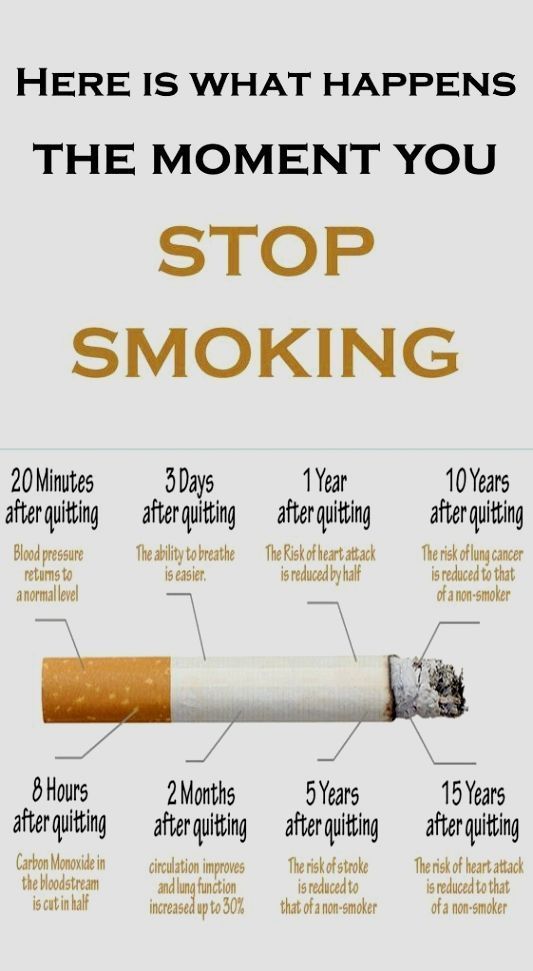 • After 8 hours - the oxygen content in the blood is normalized.
• After 8 hours - the oxygen content in the blood is normalized.
• After 2 days - the ability to taste and smell will increase. • In a week - the complexion will improve, the unpleasant smell from the skin, hair, when exhaling will disappear.
• In a month - it will obviously become easier to breathe, fatigue will leave, headache, especially in the morning, cough will stop bothering you. • After six months - the pulse will become less frequent, sports performance will improve - you will start running faster, swimming, you will feel the desire for physical activity • After 1 year - the risk of developing coronary heart disease will be reduced by half compared to smokers. • After 5 years - the probability of dying from lung cancer will decrease dramatically compared to those who smoke a pack a day.
So you've decided to quit smoking, and that's great! This is something that can really improve your health and prolong your life.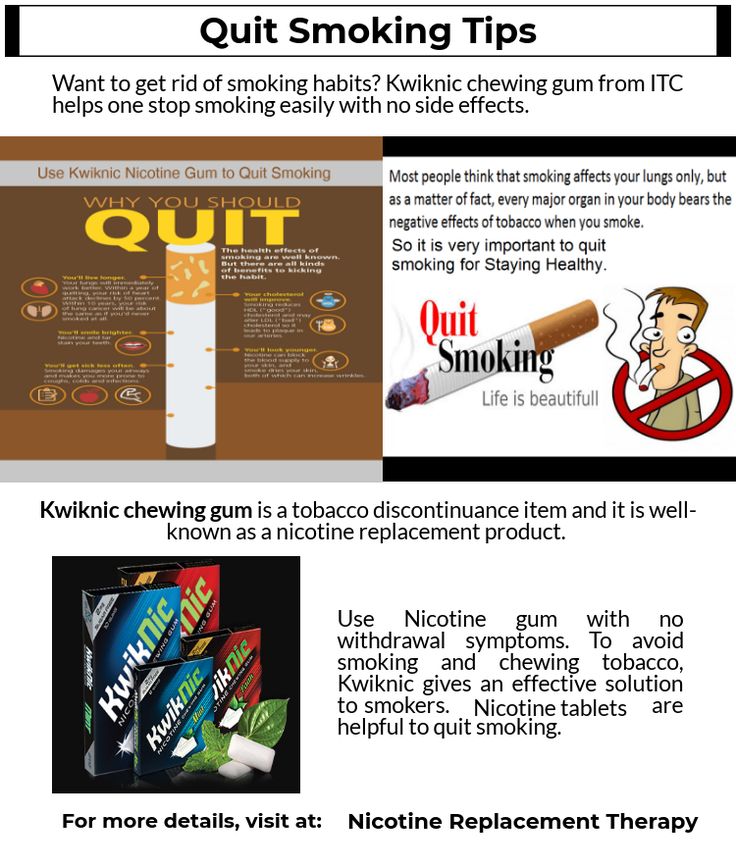 Quitting smoking is not easy, but it is possible. Remember that nicotine is a highly addictive chemical and your body needs to wean itself off of it. Therefore, be patient. And we will tell you what to do if you still decide.
Quitting smoking is not easy, but it is possible. Remember that nicotine is a highly addictive chemical and your body needs to wean itself off of it. Therefore, be patient. And we will tell you what to do if you still decide.
Tobacco smoking causes millions of premature deaths each year. Here are some statistics:
Step 1: Find the cause
Motivation is very important. Nothing will make you quit smoking if you don't want to.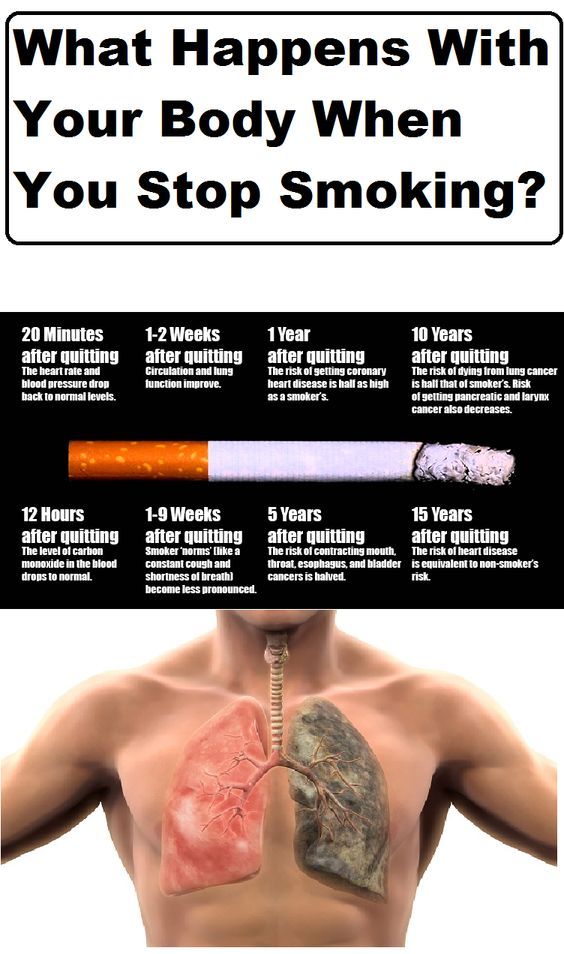 Find a personal reason. Why do you want to stop smoking? Do you want to protect others from the effects of passive smoking? Or reduce your risk of lung cancer and heart disease? Maybe you want to get your teeth in order? Or look younger? Choose a reason you like that is strong enough to outweigh your desire to smoke. And remember: you are quitting smoking solely for yourself!
Find a personal reason. Why do you want to stop smoking? Do you want to protect others from the effects of passive smoking? Or reduce your risk of lung cancer and heart disease? Maybe you want to get your teeth in order? Or look younger? Choose a reason you like that is strong enough to outweigh your desire to smoke. And remember: you are quitting smoking solely for yourself!
Step 2: Find a date and make a promise
Pick a date and stop smoking. Make a promise to yourself and your loved ones that on this day you will stop smoking cigarettes, vaping, or otherwise consuming nicotine.
Get ready: for example, gradually reduce the number of cigarettes you smoke per day so that your body is ready to quit smoking completely. Better yet, say no to cigarettes right away, and get ready to live in a new way!
Consult with a medical professional before quitting smoking and select the most optimal strategy. Make a commitment not to use tobacco products after your quit day. You should not arrange a “smoking day as a reward” for yourself - this will not help you quit smoking in any way, but will only delay the process of quitting tobacco.
You should not arrange a “smoking day as a reward” for yourself - this will not help you quit smoking in any way, but will only delay the process of quitting tobacco.
Think of a reward for yourself. There are special calculators that calculate how much money you have saved by quitting tobacco. Spend some of this money to cheer yourself up, allow yourself to go to the cinema or to a concert once again!
Step 3: Choose Your Quit Method
There are several ways to quit smoking. You can choose one of them or somehow combine them.
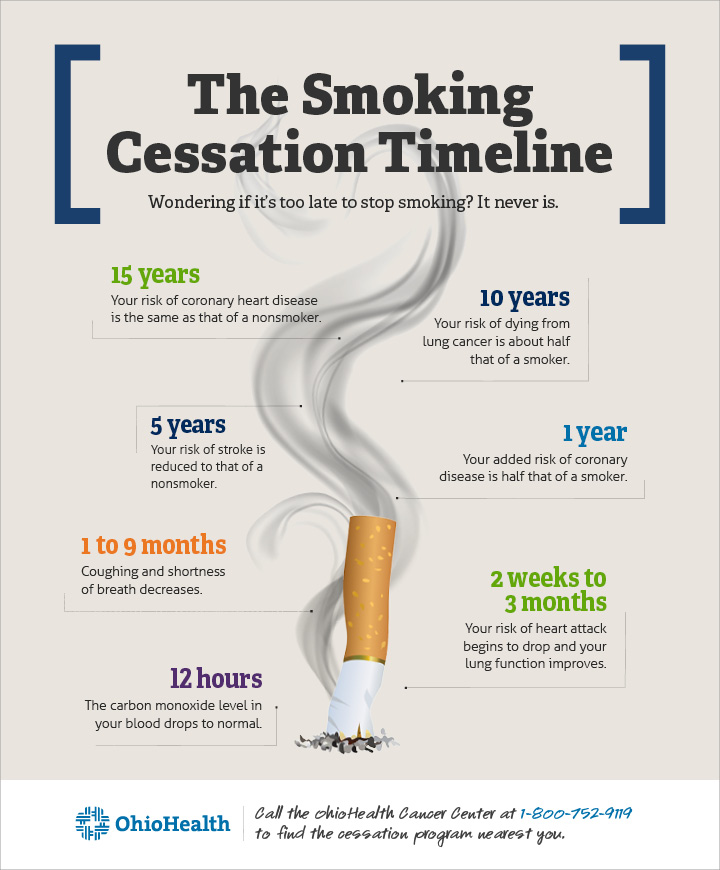
Step 4: Consider Medication
Quitting smoking can affect your physical condition: cause headaches, irritability, and loss of energy. The craving for cigarettes at such moments can only intensify. Nicotine replacement therapy can help curb these cravings.
Nicotine gum, lozenges, patches increase the chances of success.
Also, in some cases, other medications are prescribed for people trying to quit smoking. Specialist support and the right medications are the best way to quit smoking.
And in no case do not try to quit smoking with the help of electronic cigarettes, vapes and other devices - they will only aggravate the problem, and you will never get rid of nicotine addiction.
Step 5. Make a plan
Do you already have a reason why you quit smoking? Excellent! It's time to realize new goals and spend money not on buying cigarettes, but on something else.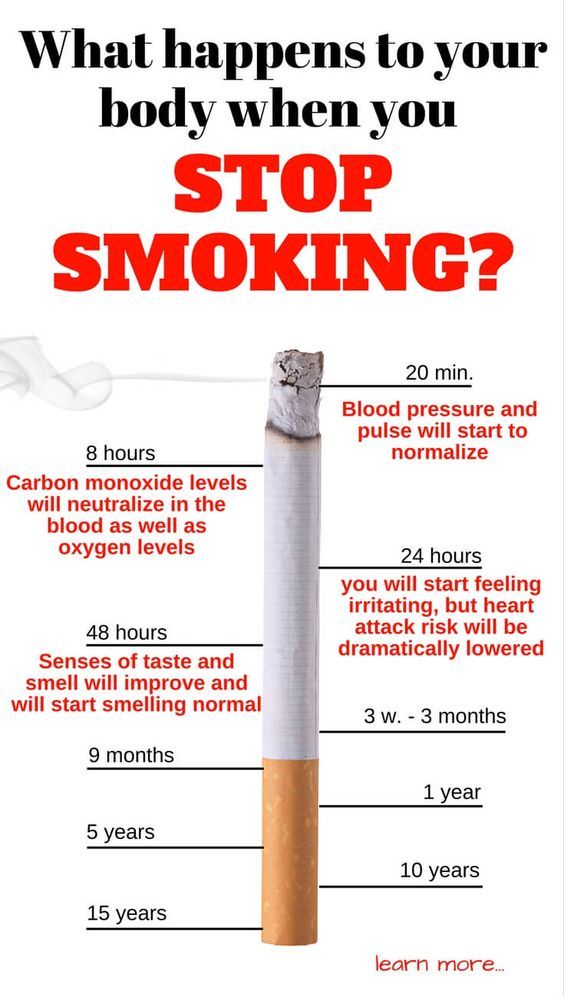
It will be useful to have on hand some healthy snacks (fruits, vegetables, nuts), chewing gum. When the desire to smoke arises, you can try to relieve psychological stress by eating nuts.
One reason people smoke is because nicotine helps them relax. After you quit smoking, you will need new ways to blow off steam: listen to pleasant music, hang out with friends, find time to go to the movies, treat yourself to a massage.
Find pleasant ways to fill your time: exercise, take a walk, drink tea or coffee. Often people are helped by some kind of activity - drawing, knitting, origami. At the same time, avoid activities that have been associated with smoking in your recent life.
Remember that physical activity can help curb nicotine cravings and ease some withdrawal symptoms. Therefore, every time your hands reach for a pack of cigarettes, do a light exercise, walk the dog, do some cleaning. There is another plus in physical activity: it happens that smokers, after giving up cigarettes, begin to gain weight.